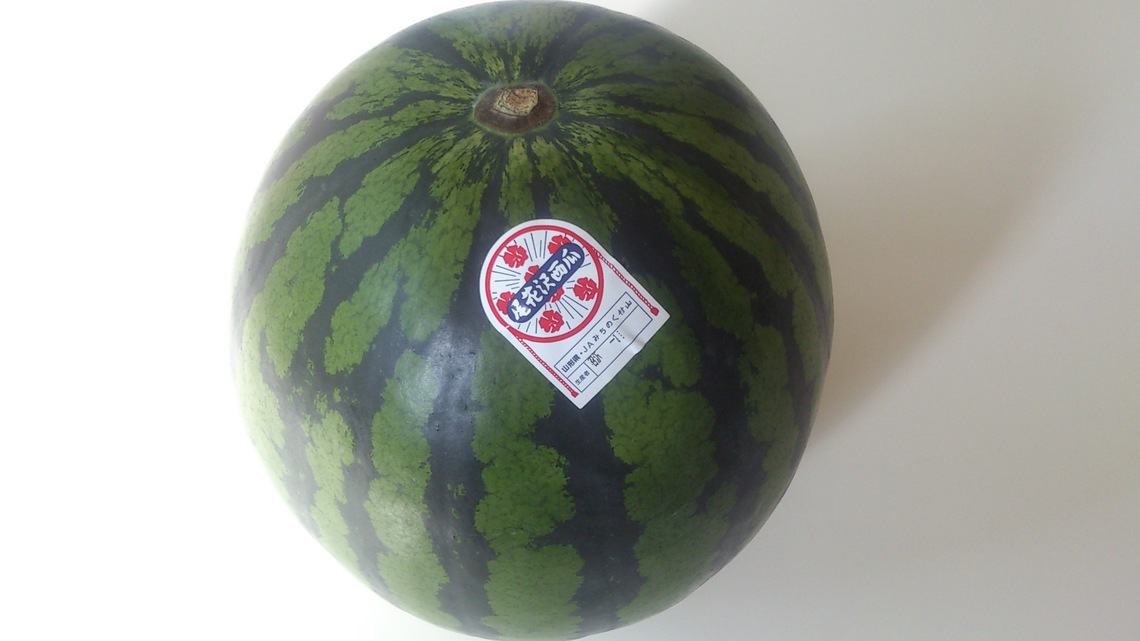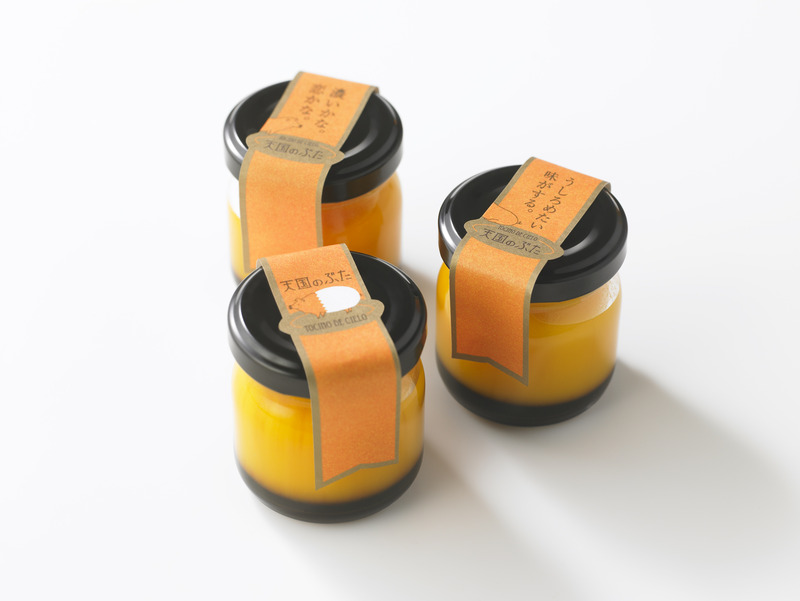 |
Obana-sawa Watermelon
|
The hot days keep coming, and when they do, watermelon suddenly tastes amazing. Sweating buckets while chugging a well-chilled one is the best.
Obanazawa watermelons (Yamagata Prefecture) are known for their crisp texture and sweetness that extends right up to the rind. Having gotten used to pre-cut watermelon lately, this whole melon felt so heavy it nearly knocked me off my feet, but even lugging it around felt like pure happiness.
The biggest reason Obana-zawa watermelons are so delicious is the daily temperature swing: days near 40°C (104°F) followed by cool nights. While the sun is up, the plants actively photosynthesize and produce nutrients. But once the sun sets, their activity slows, and they store these nutrients as sugar instead of using them. It's so sweet, you might momentarily wonder, "Did they sprinkle sugar on it?"
Another key reason is the generous use of premium compost derived from Wagyu cattle farming. This locally rooted, circular agricultural system likely fosters exceptionally vigorous crop growth.
 |
Obanazawa Watermelon (Cut)
|
The Wagyu that makes this watermelon delicious is the "Snowfall Wagyu Obana-sawa" I introduced before. And quite some time ago, I was the one who came up with that name.
Honestly, naming things is tough, and I'm not entirely sure what the right answer is. But I believe two things are crucial: ① It should be easy to remember, and ② It should live up to its name (at the very least, it shouldn't be something like "This is totally different!"). At the same time, I think it's good if the name itself has a little something that makes people talk about it.
"Yukifuri Wagyu" comes from the fact that Obanazawa City is counted among Japan's Three Snow Regions (the three heaviest snowfall areas), and the power of that snow improves the meat quality. But I also knew that people usually recognize the arrangement of characters as a visual whole, so there was a risk it could be misread as "Shimofuri Wagyu." How to judge that was one of my concerns.
Recently, someone from Obanazawa City shared, "When we first introduce it, a certain percentage of people read it as 'shimofuri'. But that becomes a great conversation starter: 'No, no, it's 'yukifuri'. Because...' and the conversation really takes off." We hear similar stories from retailers in Ginza. Of course, having people read and remember it correctly from the start is ideal. But this experience confirmed that naming can also serve as a way to provide a conversation starter.
 |
Heavenly Pig
|
The name "Heavenly Pig" for the rich pudding sold by Tamagoya Yamataka (Gunma) originates from the traditional Spanish dessert "TOCINO DE CIELO" from Andalusia, which served as the recipe's base. In Spanish, CIELO means heaven, and TOCINO means pork, bacon, or lard. We used the direct translation for the name, but some commented, "Pudding is made from chickens, right?" However, it's incredibly valuable when consumers themselves show interest, asking things like "Why pigs? (laughs)". That's precisely the chance to share the story behind "TOCINO DE CIELO". While it ultimately balances with "② The name reflects the product," it was good not to be too rigidly fixated on correctness.
Ultimately, discussing product naming in isolation is meaningless; it must be considered holistically alongside category, packaging design, and sales approach. While products lacking advertising budgets obviously face challenges, even those with potential for large-scale campaigns should reconsider the inherent communicative power of "naming" itself.
Oh yes. The "Snow Mountain Grape Wine" I found in Obanazawa. Both its taste and aroma are rich and intense. Setting aside what wine connoisseurs might say, it's simply "delicious and easy to understand!" If you're lucky enough to have some, quickly stir-fry some Snowfall Wagyu Obanazawa trimmings and enjoy them together – ah, pure luxury. You can savor the summer's bounty nurtured by the harshness of winter.
 |
Snow Mountain Grape Wine
|
Next time, we'll discuss corporate vision.
Enjoy!







